In 1963, Roy Orbison made his way across the pond to join the Beatles on their first national tour of the UK. During their first show on the tour in Slough at the Adelphi Cinema on May 18, Orbison got on stage with a pair of prescription glasses, an unintentional move since he had forgotten his regular glasses on the plane. The thicker, wide-rimmed glasses would ultimately solidify Orbison’s trademark look.
Opening for the Beatles, Orbison’s played through a set featuring hits “Only the Lonely,” “Candy Man,” along with his Ray Charles cover “What’d I Say,” “Running Scared,” and “Dream Baby (How Long Must I Dream),” as the Beatles watched him from backstage, wondering how they would match his performance.
Orbison closed his six-song set with a new song, “In Dreams.” By that point, the audience was transfixed, and it seemed as if they had forgotten about the Beatles as they called Orbison back for multiple encores.
He reportedly returned to the stage for 14 encores and was about to go back up for a 15th when John Lennon and Paul McCartney blocked him from getting on the stage so they could finally get on.
Videos by American Songwriter
[RELATED: The Hit Roy Orbison Originally Offered to Elvis Presley and the Everly Brothers]
A Dream About Elvis
Orbison said “In Dreams” came to him in an actual dream. He dreamt that a radio station was playing a new hit by Elvis Presley, but couldn’t remember the words when he woke up. Once awake, he had another song on his mind and started writing “In Dreams,” which he finished writing in 20 minutes.
Like “Crying,” “Only the Lonely, “Running Scared,” and some of Orbison’s other forlorn ballads, “In Dreams” was about a love he could never be with in real life. It only existed in his dreams.
A candy-colored clown they call the sandman
Tiptoes to my room every night
Just to sprinkle stardust and to whisper
Go to sleep, everything is alright
I close my eyes, then I drift away
Into the magic night, I softly say
A silent prayer like dreamers do
Then I fall asleep to dream my dreams of you
In dreams, I walk with you
In dreams, I talk to you
In dreams, you’re mine all of the time
We’re together in dreams, in dreams
But just before the dawn
I awake and find you gone
I can’t help it
I can’t help it
If I cry
I remember that you said goodbye
Released on Orbison’s album of the same name in 1963, “In Dreams” went to No. 7 on the Billboard Hot 100 and also made it onto the charts in the UK, while he toured with the Beatles.

‘Blue Velvet’
In 1986, director David Lynch used “In Dreams” in his neo-noir Blue Velvet, which sparked a resurgence in Orbison’s music that would continue through his resurrected “Oh Pretty Woman” in the 1990 film Pretty Woman. A fan of Orbison’s since childhood, “In Dreams” was one of Lynch’s favorites.
“I loved Roy Orbison from the first time I heard his music, and I kind of grew up with Roy Orbison,” said Lynch. At first, Lynch was thinking of using “Crying” in Blue Velvet before being reintroduced to “In Dreams” again. “Everything stopped,” said Lynch. “And I said, ‘This song, if ever there was a song that fit into this film, it’s this one.’” Lynch later used “Crying” in his 2001 film Mulholland Drive.
At first, Orbison wasn’t a fan of Lynch’s placement of “In Dreams” in Blue Velvet, which plays during an unsettling scene where Dean Stockton lip-syncs the song along with Dennis Hopper’s character Frank Booth. “That song ‘In Dreams’ meant a great deal to Roy Orbison,” recalled Lynch, “and when he first saw ‘Blue Velvet’, he hated it.”
Eventually, Orbison came around to the film after seeing it a second time and appreciated the new dimension Lynch added to “In Dreams.” With the renewed interest in his music, Orbison rerecorded many of his biggest hits for the 1987 compilation In Dreams: The Greatest Hits. He also asked Lynch if he could use some footage from Blue Velvet for a music video for “In Dreams.” Instead, Lynch offered to direct the entire video.
Shortly before Orbison died in 1988, he recorded a follow-up song to “In Dreams” titled “In The Real World.” Written by Will Jennings and Richard Kerr, it was released on Orbison’s 1989 album Mystery Girl.
Photo: Bunny Atkins/Daily Mirror/Mirrorpix via Getty Images

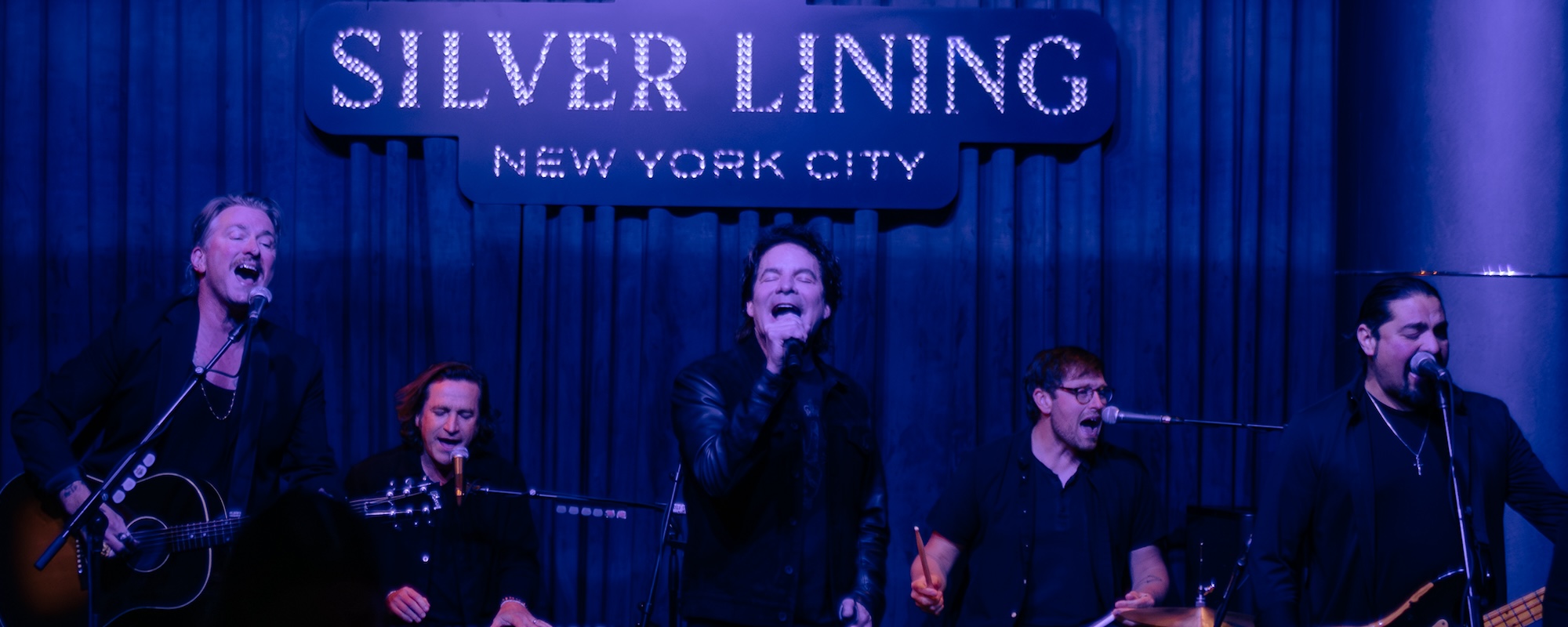
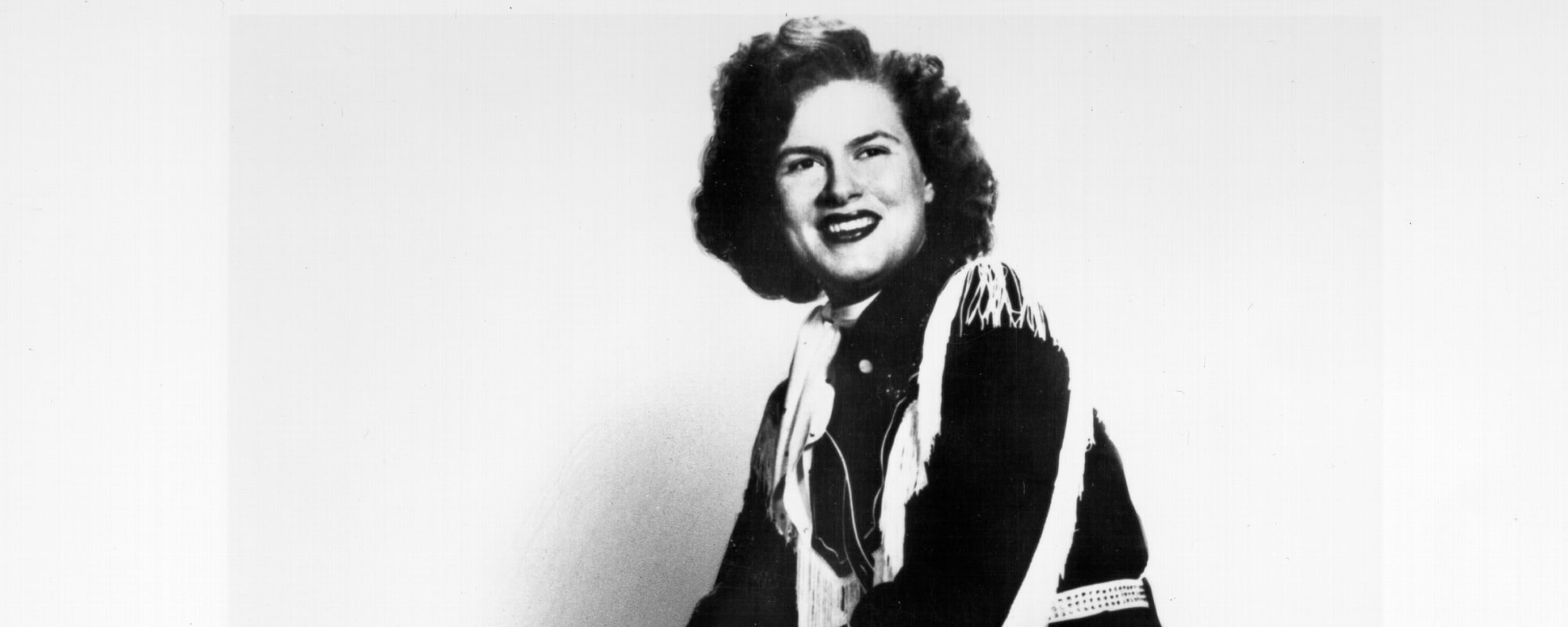
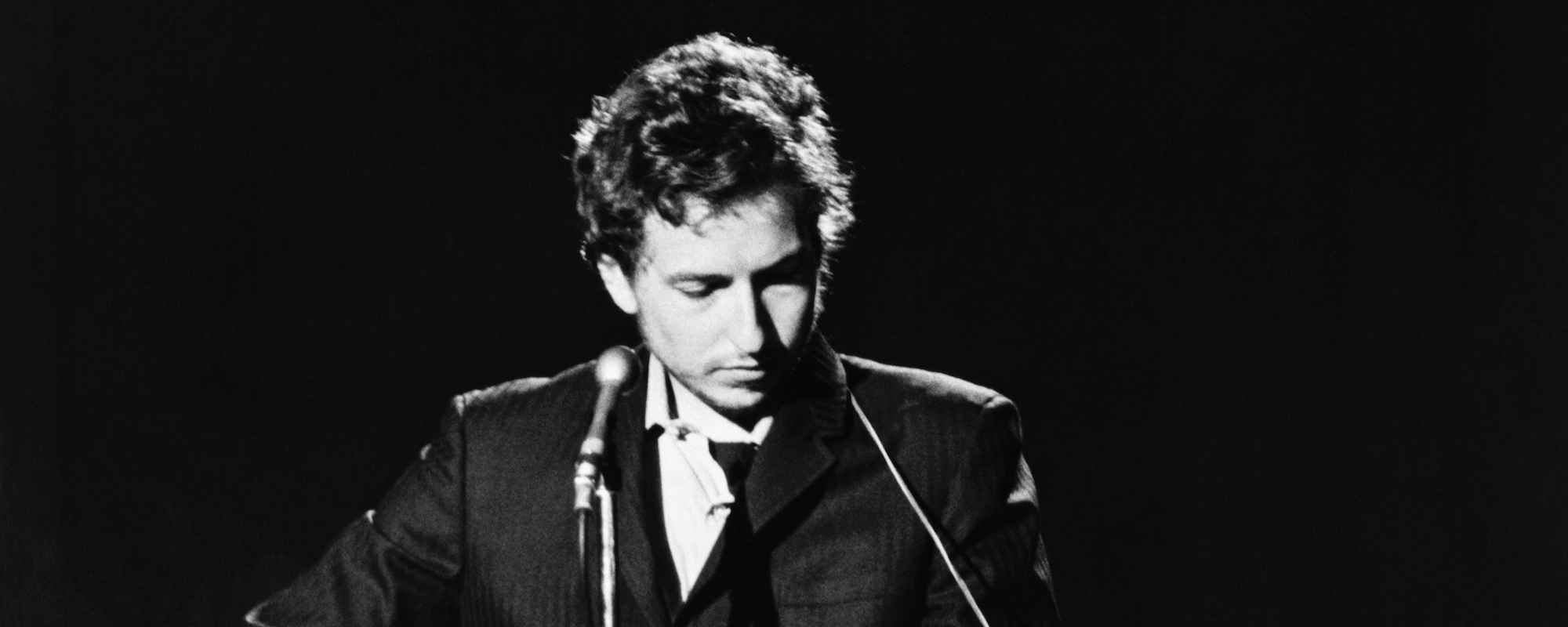
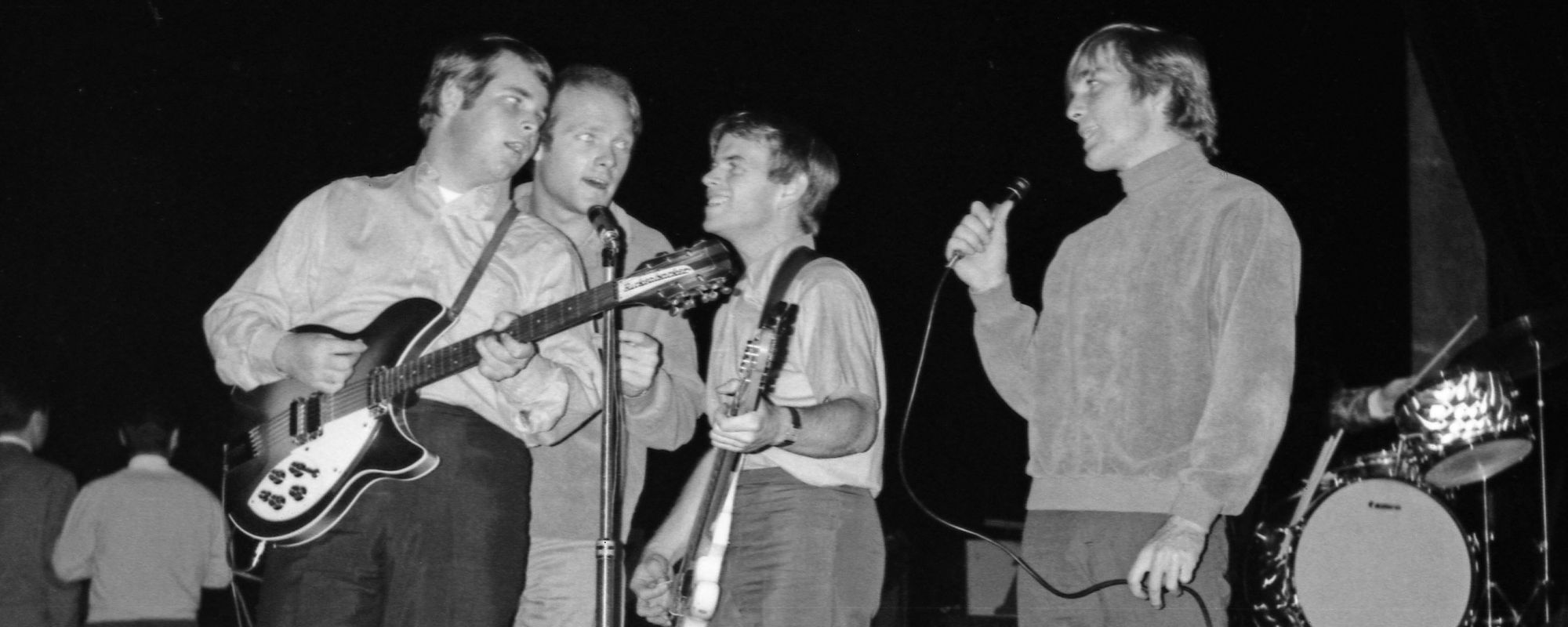
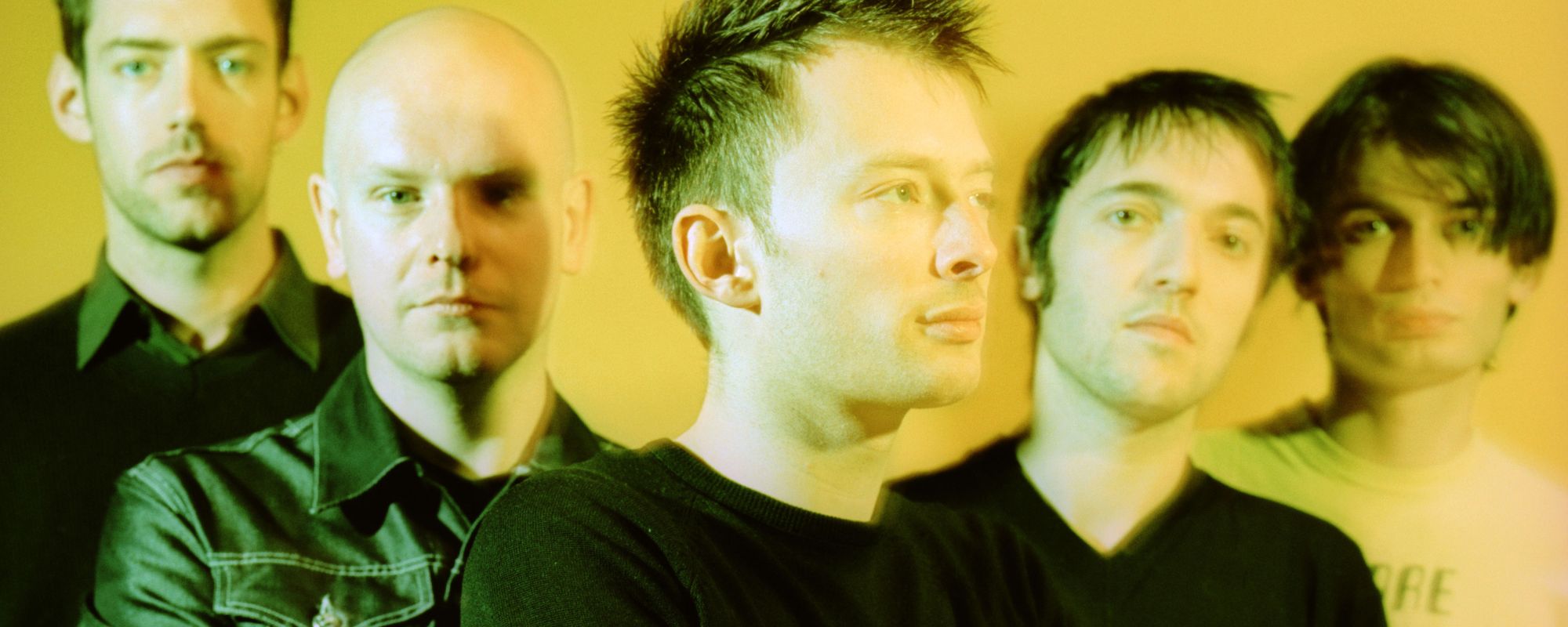



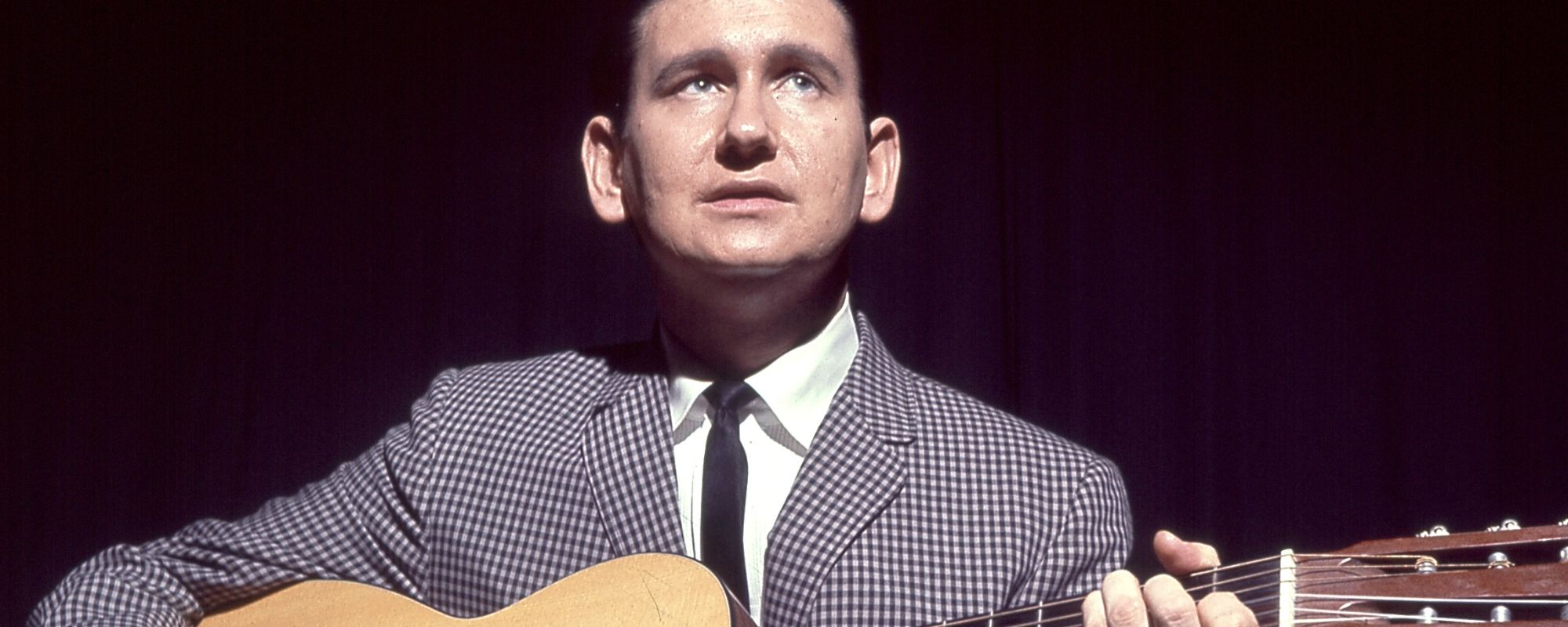
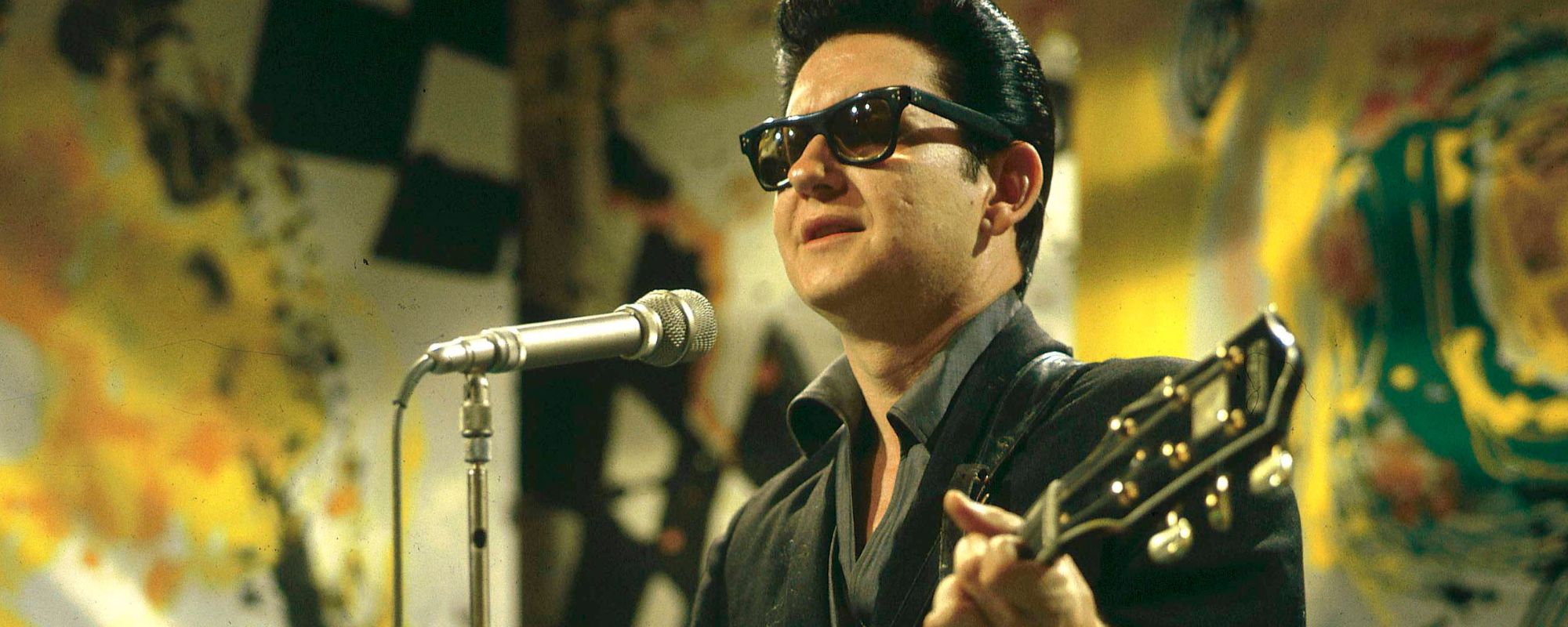
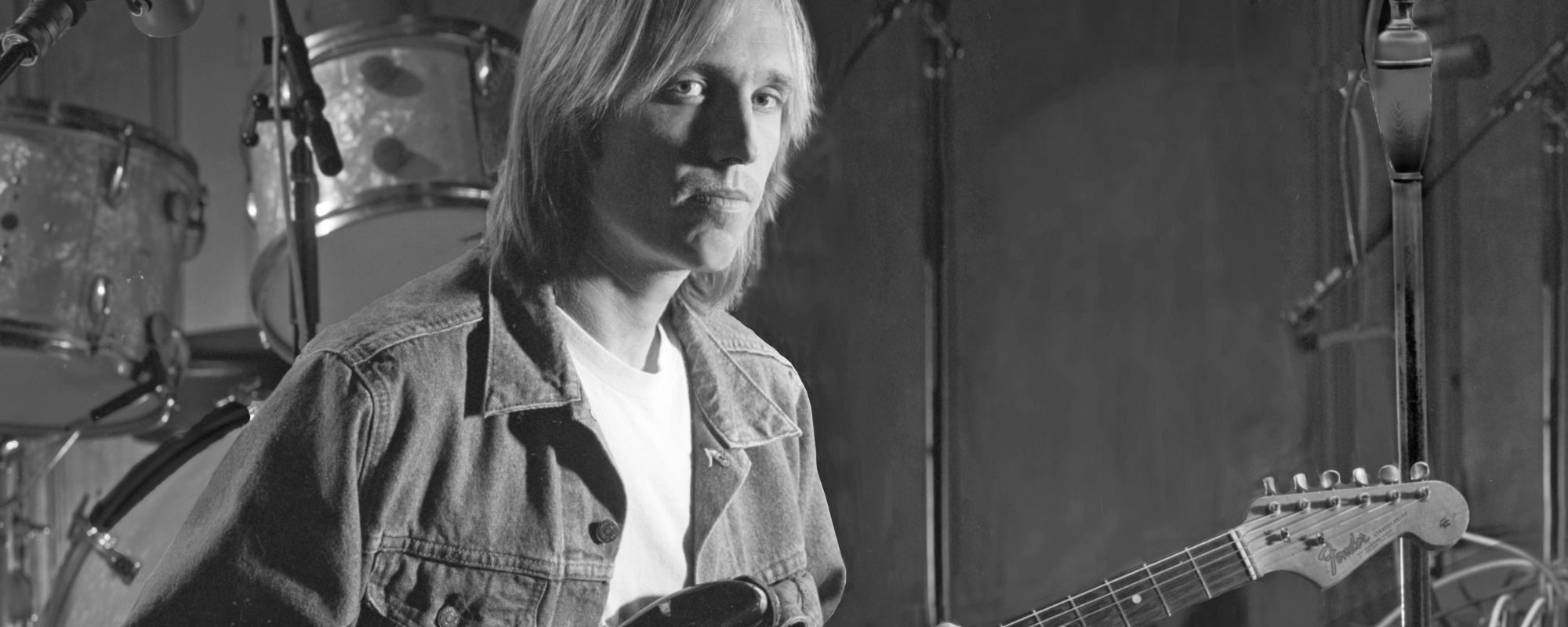

Leave a Reply
Only members can comment. Become a member. Already a member? Log in.